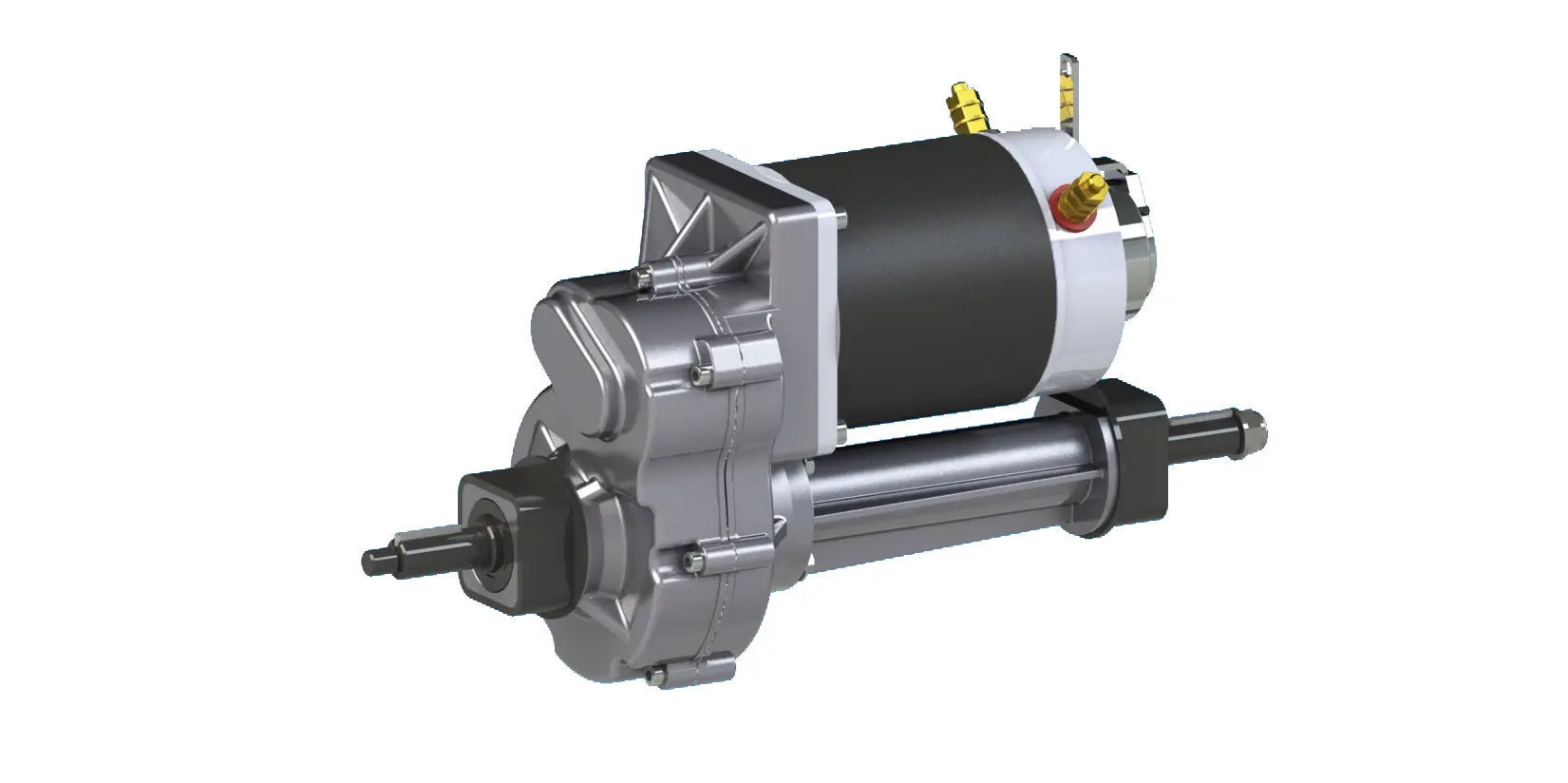What benefits does a transaxle offer in off-road conditions?
A transaxle offers several benefits in off-road conditions:
1. Improved Weight Distribution
Balanced Weight: A transaxle integrates the transmission, axle, and differential into a single unit, often located at the rear of the vehicle. This configuration helps achieve a near 50/50 weight distribution, which enhances stability and traction, especially on uneven or challenging off-road terrain.
Enhanced Stability: Better weight distribution means the vehicle is less likely to tip or roll, providing a more stable platform for navigating rough surfaces and steep inclines.
2. Increased Suspension Travel
Compact Design: Transaxles are designed to be more compact, particularly in the axle direction. This allows for a larger suspension stroke, which is crucial for absorbing the impacts and irregularities of off-road surfaces.
Better Ground Clearance: The compact design also helps maintain or even increase ground clearance, allowing the vehicle to traverse obstacles more easily.
3. Enhanced Power Delivery
Direct Power Transfer: By combining multiple components into a single unit, power transfer from the engine to the wheels is more efficient and direct. This results in smoother gear shifts and quicker acceleration, which is beneficial when climbing steep inclines or accelerating out of ruts.
Reduced Power Loss: Fewer moving parts and a more streamlined design mean less friction and power loss, ensuring that more of the engine’s power reaches the wheels.
4. Increased Durability
Robust Construction: Transaxles are often built to withstand high torque and shock loads, making them more durable in the harsh conditions typical of off-road driving. They are designed to handle the extreme forces encountered during jumps, impacts, and high-torque situations.
Reduced Component Stress: The integrated design means fewer connections and interfaces between components, reducing the risk of failure and wear. This is particularly important in off-road scenarios where reliability is crucial.
5. Space Efficiency
Compact Packaging: The integration of multiple components into a single unit saves space within the vehicle. This can be beneficial for off-road vehicles that need to accommodate larger tires, additional fuel tanks, or other off-road equipment without compromising on performance.
Flexibility in Design: The compact nature of the transaxle allows for more flexible vehicle design, enabling manufacturers to optimize the layout for better off-road performance.
6. Reduced Noise and Vibration
Single Housing: Since the gear interactions and rotational components are contained within a single housing, there are fewer acoustic pathways for noise to travel. This results in a quieter and more comfortable ride, even in challenging off-road conditions.
Improved Comfort: Reduced noise and vibration mean less fatigue for the driver, allowing for longer and more enjoyable off-road adventures.
7. Lower Maintenance Costs
Simplified Design: With fewer distinct systems and connections, there are fewer potential points of failure. This simplifies maintenance and reduces the likelihood of costly repairs.
Longer Lifespan: The integrated design and robust construction of transaxles often result in a longer lifespan for the drivetrain components, reducing the overall cost of ownership over time.
8. Environmental Benefits
Fuel Efficiency: The streamlined design and reduced friction lead to better fuel efficiency, which is beneficial for both the environment and fuel costs. Lower fuel consumption also means fewer emissions, making off-road vehicles more environmentally friendly.
Lower Carbon Footprint: The increased efficiency and reduced fuel consumption contribute to a lower carbon footprint, which is particularly important for off-road vehicles that may be used in sensitive natural environments.
Real-World Examples
ATVs and UTVs: Many all-terrain vehicles (ATVs) and utility task vehicles (UTVs) use transaxles to provide compact and efficient power delivery, allowing them to handle rough terrain with ease.
High-Performance Off-Road Vehicles: Vehicles like the Polaris RZR Pro XP Ultimate utilize high-torque, compact transaxle designs to achieve superior acceleration and hill-climbing capability while maintaining a low center of gravity for improved stability.
Vintage and Racing Off-Road Vehicles: Companies like Transaxle Engineering specialize in building transaxles for vintage and racing off-road vehicles, providing the durability and performance needed for extreme conditions.
In summary, a transaxle offers significant advantages in off-road conditions by improving weight distribution, increasing suspension travel, enhancing power delivery, and providing a more durable and efficient drivetrain. These benefits make transaxles an ideal choice for vehicles designed to tackle challenging off-road terrain.
Post time: Feb-17-2025


